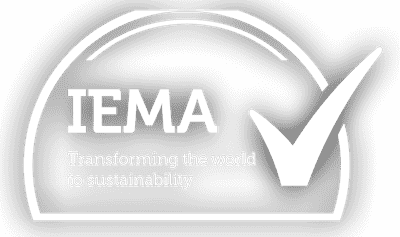

Technical Photography
Verified photomontage requires technical photography, which can be fulfilled to an exceptional standard using the following equipment:
- 1. Full Frame Sensor camera
- 2. 50mm professional prime lens
- 3. Panoramic Tripod Head
- 4. Tribrach (or leveller)
- 5. Heavy Tripod
- 6. Remote Cable Release
- 7. Spirit Level
- 8. Hammer and survey nails for recording tripod/camera location
The Full Frame Sensor Camera in combination with 50mm prime lens will allow suitable images to be taken. The camera must always be set up in manual mode, where the operator has full control over the following settings:
- 1. Aperture
- 2. ISO
- 3. Shutter Speed
- 4. White balance
- 5. Focus
The levels for these will vary depending upon weather conditions, but typical settings include an aperture between f8 and f14, ISO of 100 ASA and a weather-appropriate shutter speed. White balance would normally be set for ‘daylight’ in good weather, however this might vary in cloudy conditions, or in urban locations where shading may be a determining factor.
As the quality of the photography will always influence the quality of the finished photomontage, excellent visibility should always be sought. However, in urban locations where distant views may not be quite as important as in rural locations with open views, optimum visibility may be less essential. Equally, on projects with a critical timeframe, photographs may only be achievable in cloudy conditions. However, snow, rain and strong winds should always be avoided.
The camera should always be set to take images at the highest JPEG setting or in RAW. RAW allows more opportunities for post-processing but will not usually be necessary for this kind of work. A sensor size in excess of 20 megapixels is suitable.
The 50mm prime lens is most appropriate as it will result in minimal geometric distortion due to the barrel, and pick up sufficient extent of the view to allow individual images to be used. The quality of the lens is extremely important and will affect the quality of the resultant image. Professional lenses with heavy glass (rather than plastic) will give far superior results.
The lens will be concentrated on the site and switched to manual focus to ensure the same focal length for each adjacent image. Camera settings should be set manually to achieve optimum exposure towards the site. The lens and camera settings should be locked to avoid variation throughout the panorama.
A panoramic tripod head must be used, which will ensure accurate rotation of the camera around a nodal point. The camera must be located on the tripod head at a position which avoids foreground parallax.
A tribrach, or leveller, is used to level the equipment prior to placing the camera on the panoramic tripod head. The use of a spirit level ensures that the equipment is fully levelled in both the horizontal and vertical planes. This levelling can take some time to get right and is a critical part of the set up.
The use of a heavy tripod ensures that even in windy conditions a stable camera can be guaranteed. A remote cable release avoids potential camera shake when taking each shot.
A good understanding of the camera settings and equipment is essential to get good results. However, once this has been mastered excellent photographs will be guaranteed every time.










